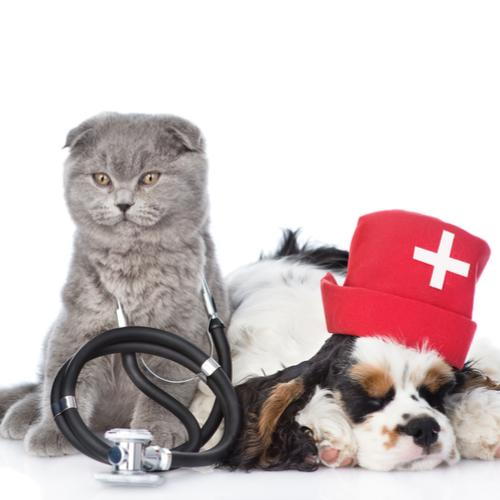Diabetes And Your Pet
- posted: Nov. 10, 2017
Diabetes And Your Pet
by Julie
Diabetes can be confusing and daunting. It is often misunderstood and can feel overwhelmingly impossible to be able to handle. Fortunately, it doesn’t have to be this way. With proper education and information, helpful appointments with a Veterinarian or Veterinary Technician, we can help you to combat Diabetes in your pet.
November is National Pet Diabetes Month, and I just wanted to give all of our clients, friends and family an inside view of Diabetes and what it really means both for you and your pet.
Let’s start with the obvious question; what is diabetes (or diabetes mellitus)? It is a medical condition which results with an excessive amount of sugar (or glucose) in your pet’s blood. This is what happens when the pancreas does not secrete enough insulin and therefore they have a deficiency of insulin. There are elevated concentrations of blood glucose and at the same time, the body is unable to use the glucose (or sugar) as energy.
How would you know that your pet is or may be diabetic? One of the most common signs in diabetic pets are that you will notice them drinking a lot more water than s/he usually would which would cause them to have to urinate more often. They may be thirsty all of the time, drinking to excess and then having to use the litterbox or go outside frequently due to the water consumption. Alongside increased thirst, may be weight loss. If you’re noticing your cat or dog drinking and urinating more and losing weight, we recommend you contact us for a consultation and examination for bloodwork and clinical testing.
The next step after diagnosis is treating. Some forms of diabetes can be managed with diet alone. Feeding a diabetic food (such as Purina Pro Plan Diatetic Management, Royal Canin Diabetic or Hills Prescription M/D) alone may be enough to manager your pet’s blood glucose levels. In most cases though, medication (such as insulin injections) may be necessary. Most times it is an injection of a very small dose of insulin with needles appropriately sized for your cat or dog that will cause no pain to them. Most times, we’re more upset about having to give them than they are at having to get them. A veterinarian and veterinary technician will assist you in learning how to take blood glucose readings to keep records of glucose levels in the blood, monitor how much insulin you’re giving and help to provide a routine that will work for you so that after a short period of time, it will all become second nature.
As I mentioned, it can seem daunting and scary, but it isn’t anything a visit with a technician and veterinarian going through it with you side by side won’t fix. We’re here for any questions or concerns you may have and to show you how manageable diabetes can be. If you’re concerned that your cat or dog may be showing symptoms of Diabetes, call us at 416-245-8805.

Location
Find us on the map
Office Hours
8:00 am - 9:00 pm
8:00 am - 9:00 pm
8:00 am - 9:00 pm
8:00 am - 9:00 pm
8:00 am - 9:00 pm
9:00 am - 5:00 pm
Closed

